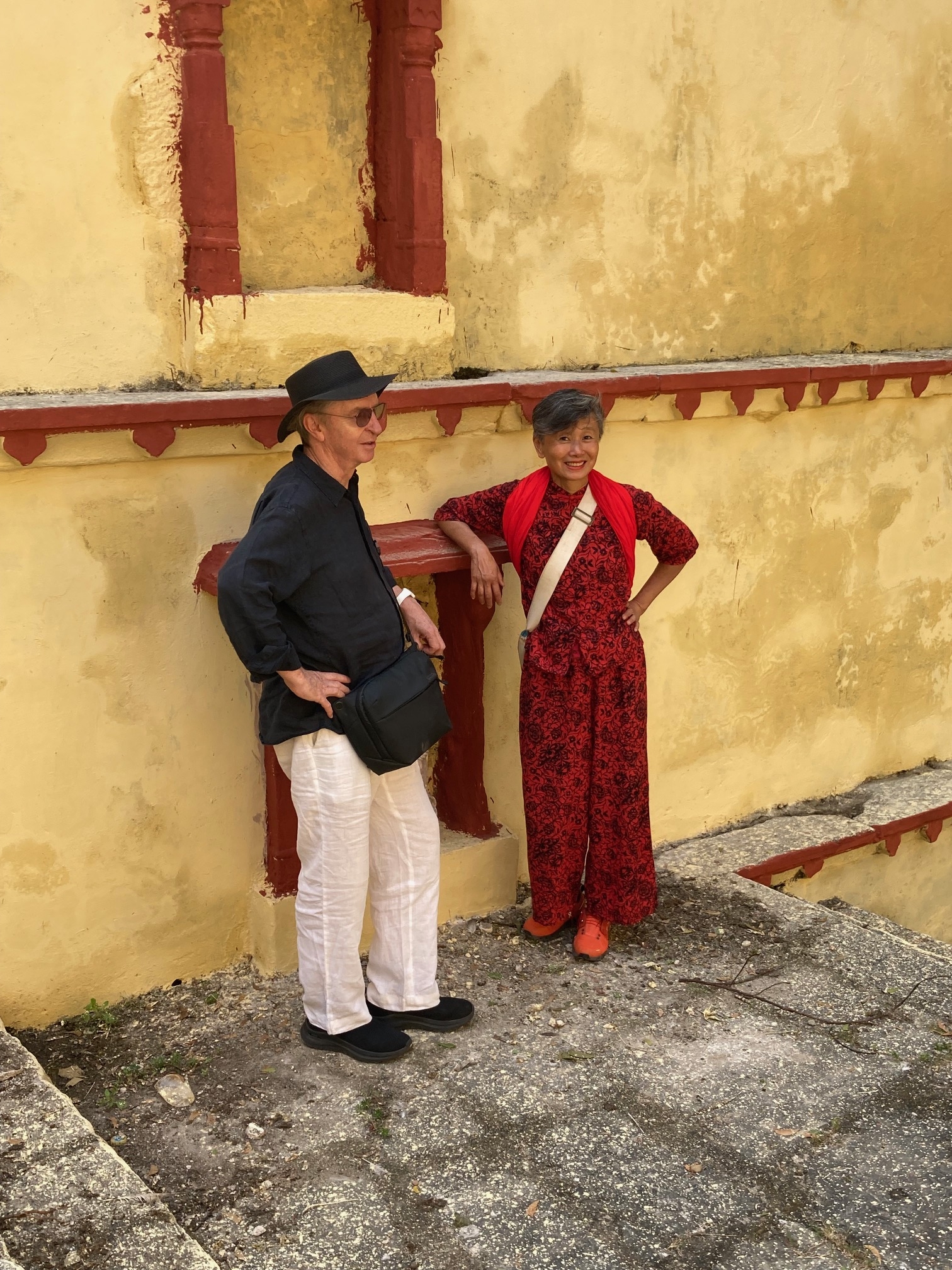The publication of the Team 10 Primer opened a new world of architectural potential and personalities for John McKean
I didn’t do ‘education’, and scraped into architecture school on two E-grade A-levels, unsure of my whereabouts. I was soon socially more moored having found, via my subscription to Anarchy, a like mind in the writing of its editor, Colin Ward.
But architecturally I remained floundering. Only two events linger in my memory from that sticky gloom – a gravelly talk by the wonderful Henry-Russell Hitchcock who enthused about the great Victorian city being demolished around me, and a visit with Isi Metzstein to St Peter’s Seminary, nearing completion at Cardross. Glimmers of hope.
And then I glimpsed Architectural Design’s ad for its new publication, ‘Team-10 Primer’. Here, arriving by mail-order, was the possibility of an architecture with more to it. More than economic durability, convenient planning or even pretty shapes. It could centre in performance and the rituals of everyday life. Hidden by its Smithsonian skin was the heart of Aldo van Eyck and the intellect of Giancarlo De Carlo. Perhaps architecture did mean more. The black-and-white images of children inhabiting, interacting with, van Eyck’s orphanage, its steps, lines, curves, have not faded.
First edition of the Team-10 Primer
Later I began to understand (blowing away the musty dust of classroom Banister Fletcher) that architecture has always centred in its ritualised, meaningful inhabitation. This awakening came when Joseph Rykwert, with ridiculous generosity, offered me a place as his and Dalibor Vesely’s student. Suddenly, thinking was allowed, phenomenology naturally underpinned, my reading exploded. And then Rykwert also spoke of van Eyck and De Carlo as friends, and Vesely got me to prepare a paper on Team-10. Architecture came alive again.
In London I met Colin Ward, who remembered my student correspondence, and he talked of knowing De Carlo since the 1940s. I met Walter Segal and over the course of the 1970s we became friends, as did he with Ward. We spoke of user control, of transparency of production, of anarchism.
“I met Walter Segal and over the course of the 1970s we became friends. We spoke of user control, of transparency of production, of anarchism”
So I sought out De Carlo, and from 1979 he invited me to join his wonderful annual ILAUD summer schools in Urbino, where I met Van Eyck and Bengt Edman (to whose work the word ‘brutalism’ was first applied) and Peter Smithson. Over the next 30 years I came to understand De Carlo more and more, though never completely. I watched the Team-10 transformations – De Carlo’s last works in Catania were wonderful, at ILAUD van Eyck showed his rainbow-coloured Mothers’ House and Smithson ranged from Christmas decorations to his Hexenhaus. I watched metamorphoses influenced by and – over the studio projects – influencing another generation.
Cover of Anarchy magazine
In the end I have learned not so much from reading or even by looking, but from interaction with a few people. Theatre director Tyrone Guthrie was the first to see me as an equal adult, and Colin Ward was the next; each of them the kindest and gentlest yet also the most penetrating and serious of men. Then Rykwert and Vesely, teachers whose brief double act was as unique as Laurel and Hardy. Finally Segal and De Carlo, both of whom understood the nature of building and its role in society, each acting from a totally coherent weltanschauung which I found irresistible.
Segal and De Carlo. both outsiders, were utterly different in almost every respect other than something at the core of their being. They had never met, but sensing the rich common ground, Colin Ward and I over many years tried all subterfuges to fix this. We were once very nearly there with an agreed weekend in Cornwall. But not quite.
Through De Carlo, Segal and Ward, threads also run to the incomparable Patrick Geddes. Hugh MacDiarmid, defending the omnivorous and multivalent interests of Geddes, remarks “watertight compartments are useful only to a sinking ship”. As a confused student, I was forever diverting from my architectural projects, and today I still vanish off at other tangents, preferring to know a little about everything rather than everything about very little. When criticised for such academic impropriety, I just have to think of these hommes sans frontières and take MacDiarmid’s words as a motto to keep me afloat.
















